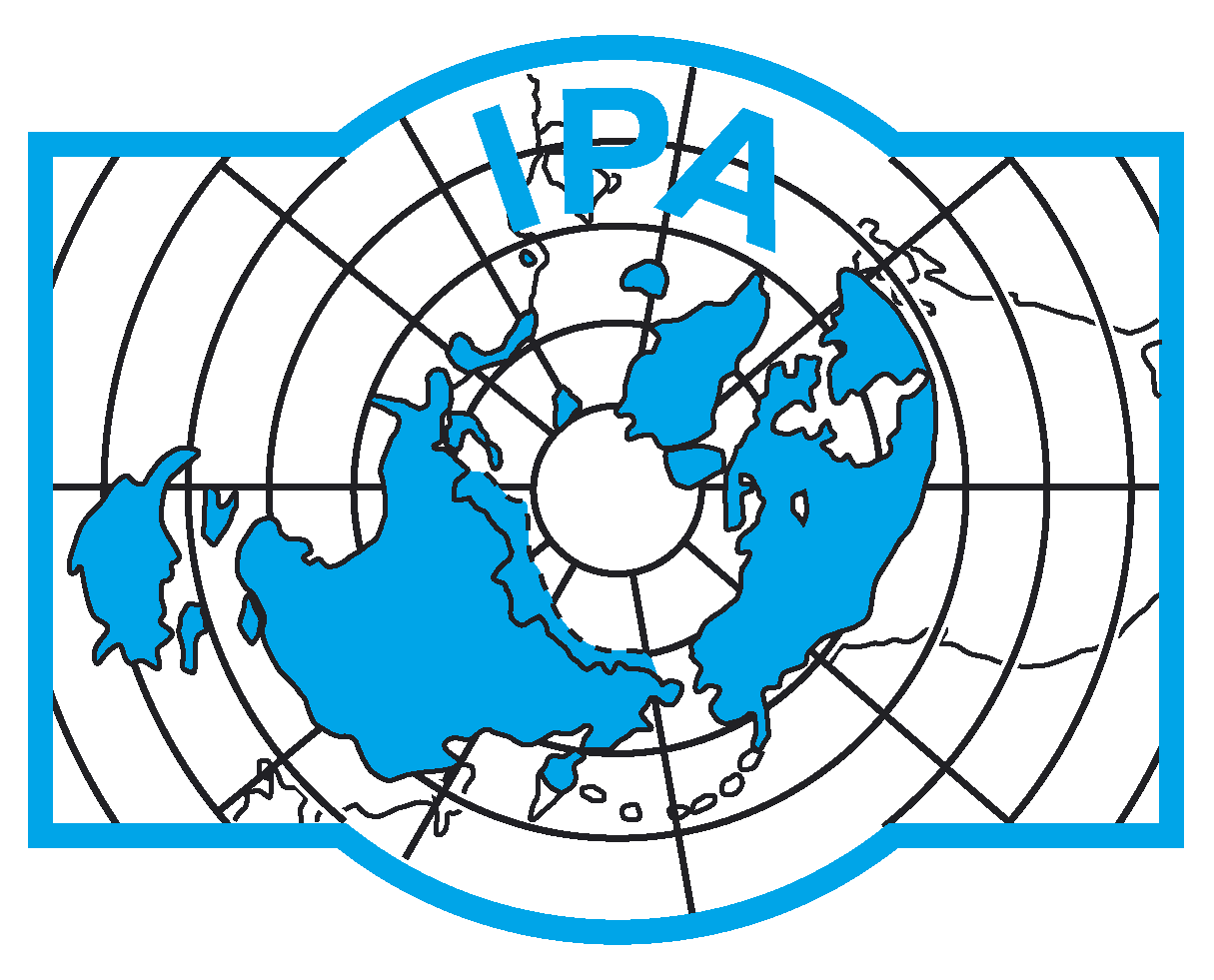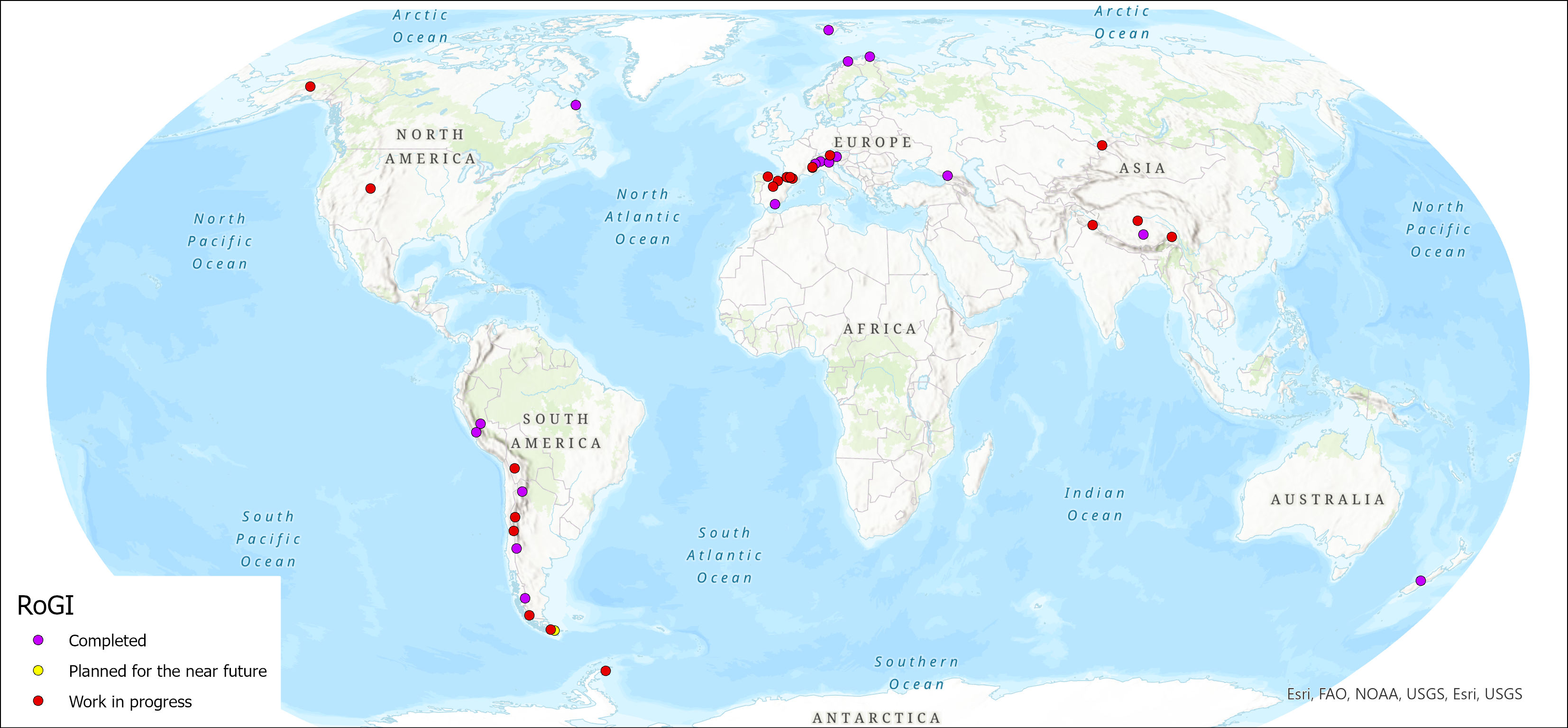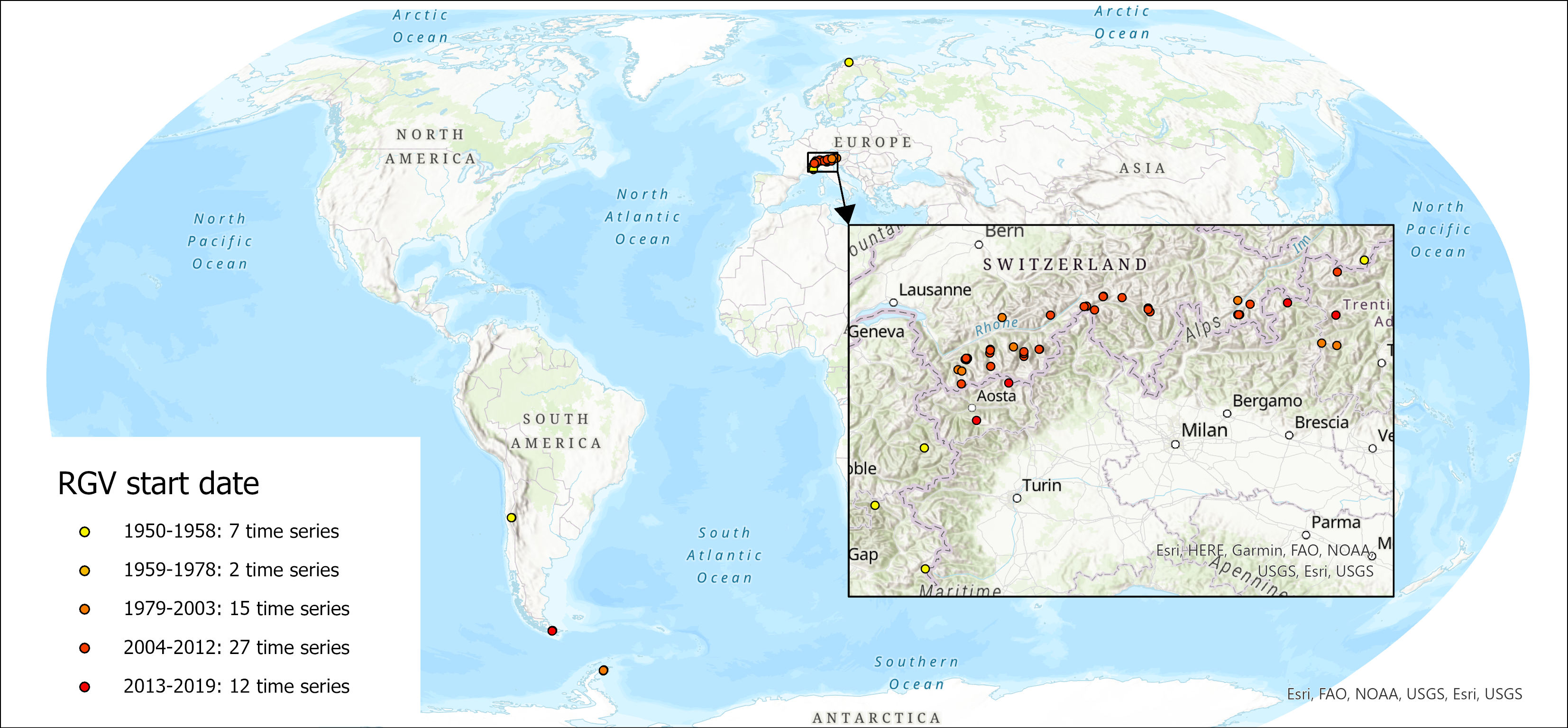The basic idea of the Action Group was bring together researchers for coordinating efforts, regrouping knowledge and data in a single place (open access database), as well as to define consensual baselines for inventorying rock glaciers and including kinematics information.
The co-authors of this abstract agreed to participate in the core scientific group of the Action Group during its initial phase.
The Action Group was chaired by Reynald Delaloye (University of Fribourg, Switzerland).
A committee was constituted in September 2019 at the Workshop I to support the development of the activities related to the Rock Glacier Inventory (RoGI) part of the Action Group (Task 1), namely (more members have joined since 2019):
- Xavier Bodin (EDYTEM, France)
- Francesco Brardinoni (University of Bologna, Italy)
- Reynald Delaloye (University of Fribourg, Switzerland)
- Christophe Lambiel (University of Lausanne, Switzerland)
- Shelley MacDonell (University of Canterbury, New Zealand)
- Lucas Ruiz (IANIGLA, Argentina)
- Line Rouyet (NORCE, Norway)
- Alessandro Cicoira (University of Zurich, Switzerland)
- Yan Hu (Chinese University of Hong Kong, China)
- Mishelle Wehbe (University of Ottawa, Canada)
- Nicole Schaffer (CEAZA, Chile)
A second committee was constituted in February 2020 at the Workshop II to support the activities related to the Rock Glacier Velocity (RGV) GCOS ECV Permafrost part of the Action Group (Task 2), namely (more members have joined since 2020):
- Leif Anderson (University of Utah, USA)
- Chloé Barboux (University of Fribourg, Switzerland)
- Xavier Bodin (EDYTEM, France)
- Alessandro Cicoira (University of Zurich, Switzerland)
- Reynald Delaloye (University of Fribourg, Switzerland)
- Isabelle Gärtner-Roer (University of Zurich, Switzerland – IPA Vice-President)
- Christophe Lambiel (University of Lausanne, Switzerland)
- Cécile Pellet (University of Fribourg, PERMOS, Switzerland)
- Line Rouyet (NORCE, Norway)
- Philippe Schoeneich (University of Grenoble, France – GTN-P Steering Committee)
- Gernot Seier (AIRlabs, Austria)
- Julie Wee (University of Fribourg, Switzerland)



